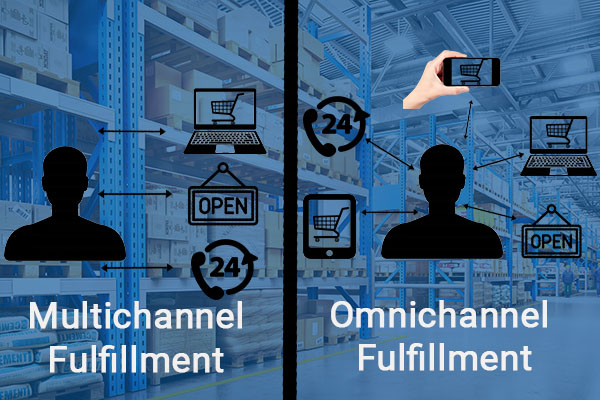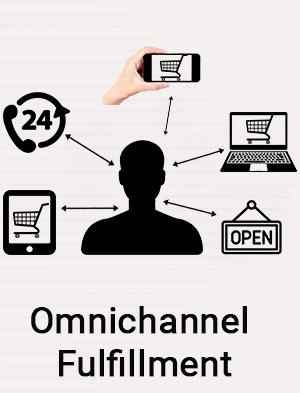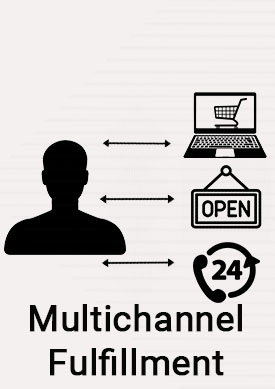Omnichannel vs. Multichannel Fulfillment

As the pandemic began in mid-2020 and lockdowns started, consumers across the world had no choice but to start buying online. Since then the desire for online shopping has continued to grow. According to the US Census Bureau, in the first quarter of 2022, eCommerce sales accounted for over 14.3 percent of total retail sales. (Census.gov) Customers have found it easier and more efficient to buy online and have their items shipped to their door, or to a store near them. As consumers continue to make purchases online and offline, it is important that brands are ensuring that their distribution strategies allow for the intended customer experiences.
While focusing on the customer experience, it is important to know the differences between omnichannel and multichannel fulfillment. For a unified shopping experience where your customer sees the same look and feel across all sales channels, omnichannel distribution is the way to go. If your company has a diverse audience and benefits from having various platforms and brands, it will benefit from multichannel distribution.
An omnichannel fulfillment strategy takes an integrated approach to the customer experience. This approach tries to create a consistent shopping experience from online shopping to brick-and-mortar stores. Customers can check the stock of a store and order ahead using in-store pickup, which is a great option for consumers who have a challenging time finding the products they need in stores. Along with in-store pickup, companies using omnichannel distribution can accept online returns and process refunds.
A multichannel fulfillment strategy is more siloed. Depending on the customers’ needs, you may have separate warehouses, inventory, and processes for each channel. For example, if you sell products on Shipmonk or Amazon, they allow you to send them several units that they will use to fulfill orders off your website. This can be helpful if you have a distribution center that you use to fulfill your brick-and-mortar locations because it allows you to focus directly on them. As with any business decision, you must look at the pros and cons of each to determine what would be best for your business process.

Omnichannel Fulfillment:
Pros
- You only have one group of products to manage, making it easier to forecast inventory
- Your products are more accessible to customers, and it is easier for them to buy and return items, making the whole experience better for the customer
- You have better control over your brand and the experience for the customer
Cons
- The additional order processing steps and returns create more manual work for your brick-and-mortar locations and warehouses
- More technical requirements on the backend to allow for a more integrated approach
- More communication is needed between teams
Having an omnichannel distribution allows for a fully integrated shopping experience that consumers expect. It allows you to offer “free shipping” more easily to customers when they ship their items to the store for pick up, by adding their orders to your regular inventory replenishment shipments. Another advantage of in-store pick-up is that allows customers to try on their order in the store and adjust if needed, which saves time and money versus returns. Bringing consumers into the store to pick up their items also exposes them to more products they might not have seen before, which increases sales.

Multichannel Fulfillment:
Pros
- If you have a diverse audience, you will benefit from having various products and brands to serve the different markets.
- Having a separate fulfillment process for each channel can increase efficiencies by having less variation in the pick, pack and shipping processes
- Less technical requirements to maintain the integrated user experience
Cons
- Inventory planning can be more difficult due to the different channels
- In-store pickup and online returns are not as easy, so it is less consumer-friendly (especially with the pandemic, this has become a huge factor in consumer shopping)
One of the most crucial factors in using both omnichannel and multichannel distribution strategies is having a good warehouse management system. In addition to managing the warehouse operations, a robust WMS offers accurate, real-time inventory visibility. The right WMS can process orders and manage returns with either fulfillment strategy.
